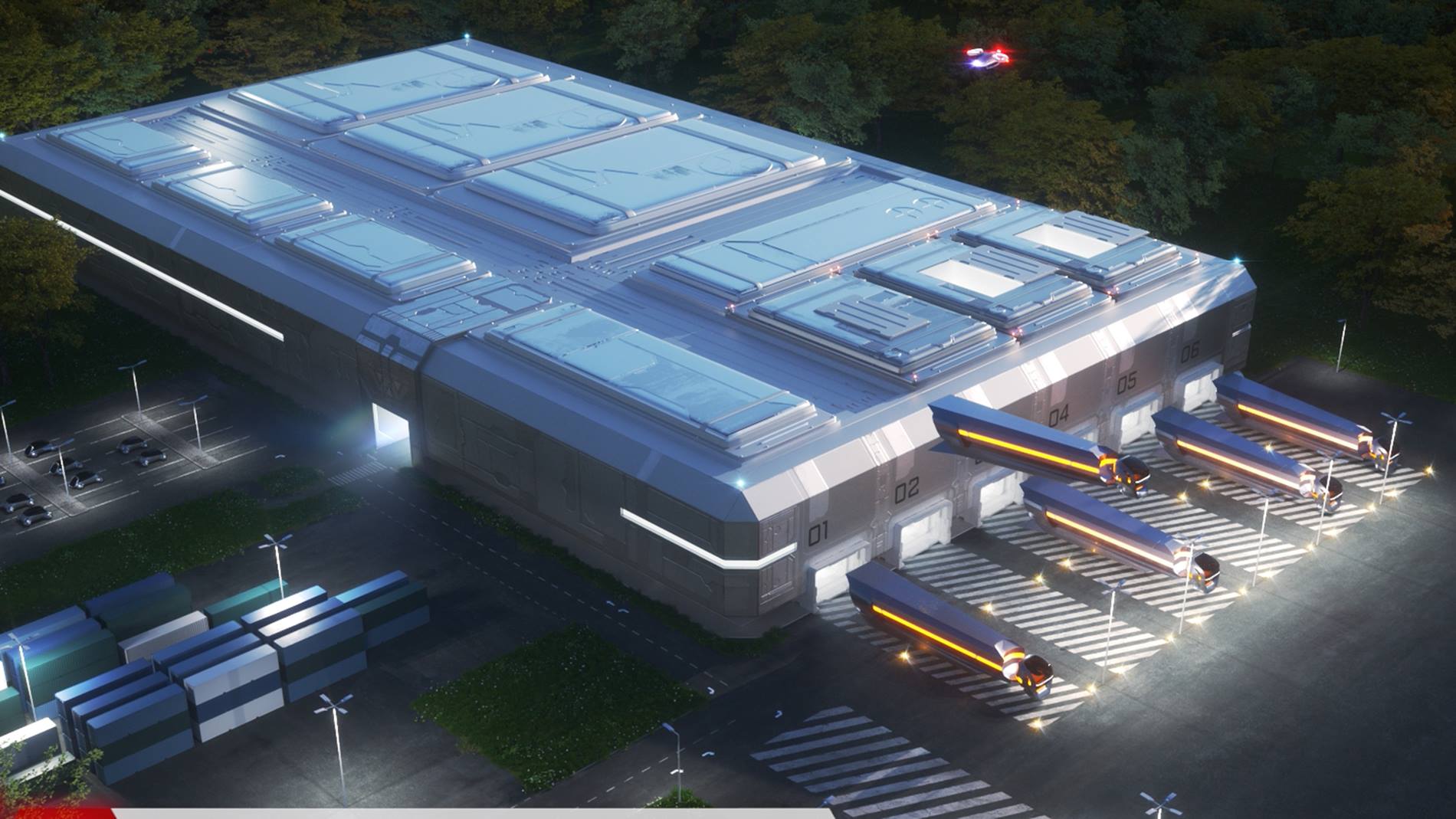
What's Next for the Supply Chain?
Re-calibrating Our Vision of the Future Based on the Explosive Growth in E-commerce
Remember when we talked about 2020 as some date in the distant future? Well, now it’s here and we’ve seen some amazing developments no one foresaw and some expected developments that never materialized.
In the supply chain, we don’t have swarms of drones buzzing around fully automated, lights-out warehouses the way some envisioned 15 or 20 years ago. But we are seeing massive amounts of change being driven by the growing and widening impact of e-commerce and omni-channel distribution.
Supply chains that lack the agility, speed and intelligence to efficiently support e-commerce and omni-channel distribution not only create barriers to growth, but put the very survival of their organizations at risk.
That makes the evolution of the supply chain over the next several years critical. We’ve already seen many organizations re-think their warehouse operations and fulfillment strategies, moving from siloed software systems and rigid conveyor-based automation to integrated WMS platforms and more flexible robotic systems.
But it also seems that every time supply chains make adaptations, consumers raise the bar on expectations, demanding even more speed and higher levels of service.
Keeping pace with these changing expectations will require continued investments in automation, increased integration across the supply chain, better use of data, and new distribution strategies that move products closer to consumers.
That’s a tall order for any business. How can supply chain managers meet current requirements while moving forward in a purposeful way that ensures that today’s investments bear fruit well into the future?
Our new e-book, The Supply Chain of the Future: Integrated and Automated, addresses this issue directly.
It reviews the major societal and technology trends driving change and explores the technologies and strategies that enable the move to a smarter, faster and more agile supply chain. It covers the changes to production systems and software required to support increased customization, how warehouses are adapting to the demand for faster cycle times and smaller order sizes, and how the distribution network itself can most effectively extend its reach to support new same-day delivery models.
No matter where you are in your journey, leading-edge adopter or attempting to catch-up to recent developments, downloading and reading, The Supply Chain of the Future: Integrated and Automated, will give you a better understanding of the issues driving change and help you create a roadmap that positions your organization to capitalize on the changes that are coming.




